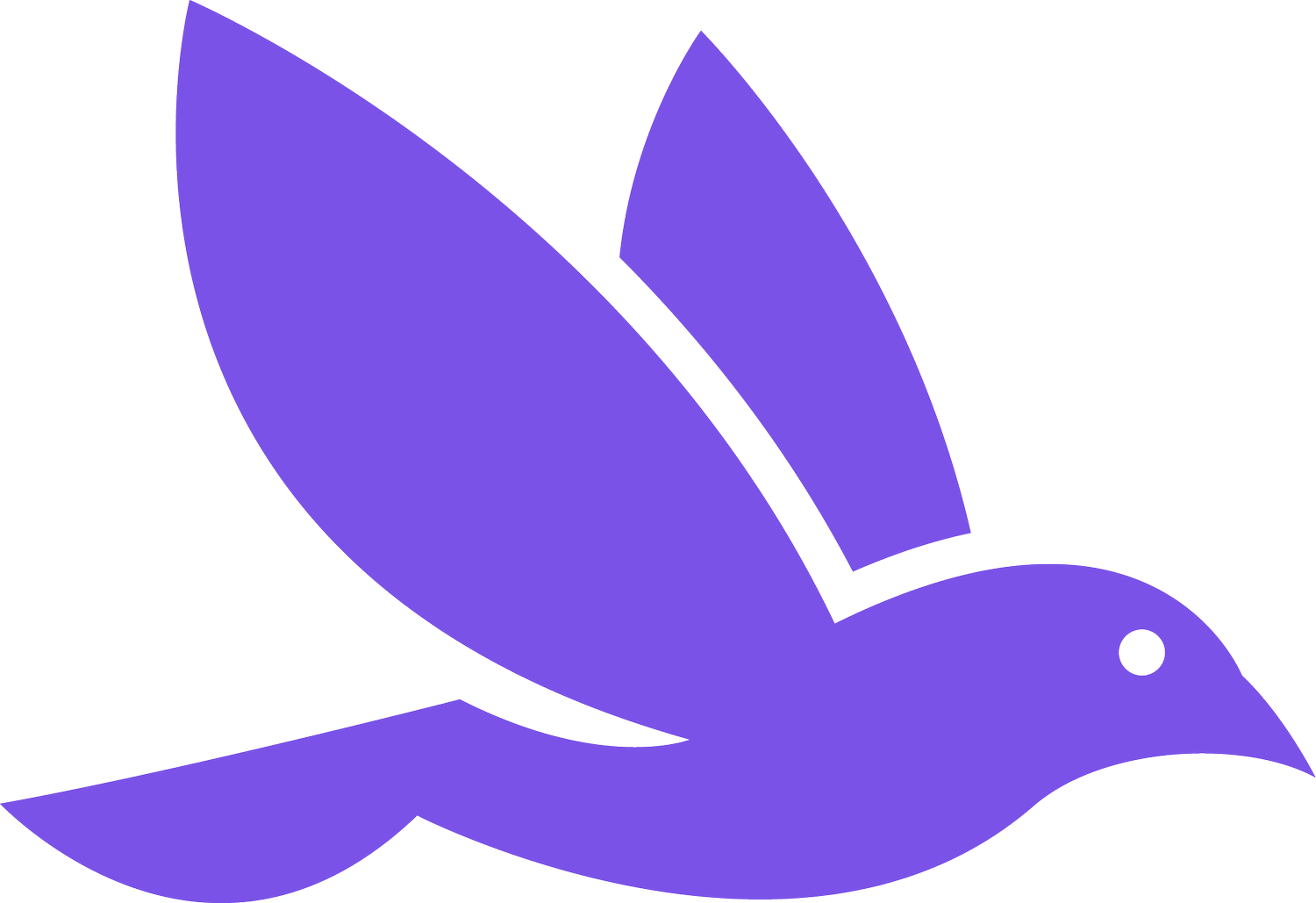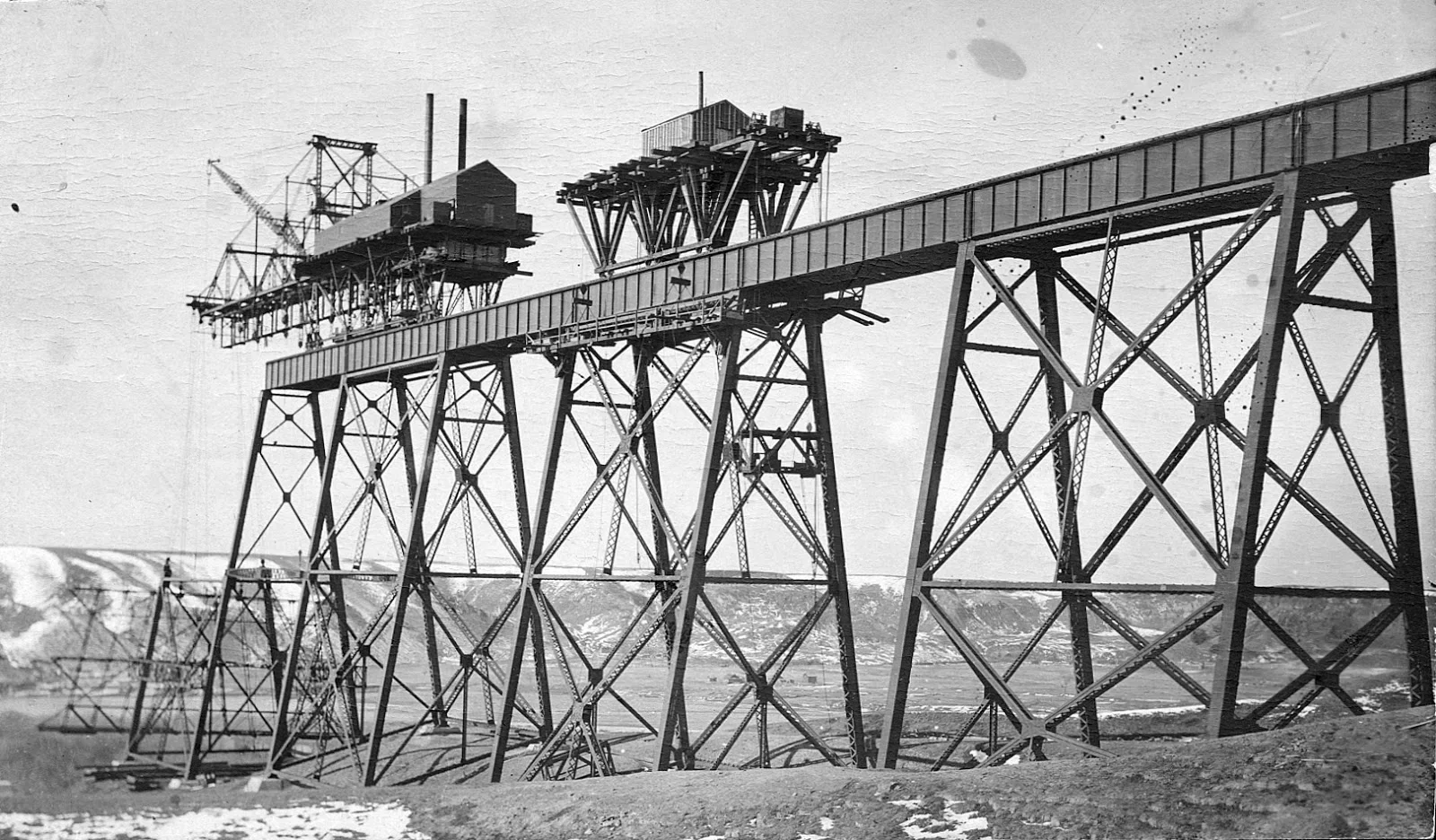After the Surge: Building Public Media's Future Fundraising Foundation
Right now, your station is likely experiencing unprecedented fundraising success. Recent donor data shows public media achieved 76% new donor growth and a 66% increase in high-dollar gifts—fundraising numbers that will make any development director smile. The current fundraising surge proves your supporters are ready to invest in your mission, but only if you meet them where they are and maintain the conversation between asks.
This moment represents your audience telling you exactly where they want to engage with your mission—digitally, immediately, and on their terms. Your supporters want to stay connected to your work year-round, not just during pledge drives. The question is whether you'll build the systems that let them do it in their digital spaces, throughout the entire year.
While your fundraising infrastructure remains anchored to traditional approaches, your supporters have migrated to digital platforms where they consume media and make giving decisions. Public media invests only $0.01 per dollar of online revenue in digital advertising, compared to $0.14 across all nonprofits. The current success isn't just an opportunity to raise funds—it's a chance to finally build the digital fundraising foundation that matches where your audience actually lives.
The stations that emerge stronger from this moment will be those using this crisis as a catalyst for long-overdue modernization. Here are five strategic pillars for building that foundation:
1. Build Always-On Digital Infrastructure That Works Year-Round
Your fundraising can't succeed on infrequent email blasts and hoping people remember you during pledge drives. The stations seeing record success maintain ongoing conversations with prospective donors throughout the year—not just when they need money. When your digital presence goes dark between campaigns, you're essentially starting from scratch every drive, competing against organizations that never stopped talking to your potential supporters.
Strategic Advantage: Always-on digital infrastructure transforms seasonal fundraising from cold outreach to warm conversation. When you maintain consistent touchpoints—showcasing daily impact, highlighting community value, building relationships through regular content—your pledge drives become the natural next step in an existing relationship rather than an interruption. Your supporters need minimally 6-8 meaningful interactions with your mission before they're ready to become financial supporters. Most stations try to cram all these touchpoints into a one-week drive.
👉Do Now:
Establish systems that keep your mission visible during the months between major campaigns.
Invest incrementally in organic social presence across platforms where your audience engages, and create year-round digital advertising budgets (even just starting with $300/month) that maintain awareness between drives.
Build email nurture sequences that educate supporters about your work's importance, making your seasonal asks feel like natural opportunities rather than desperate pleas.
2. Align Internal Fundraising Teams for Maximum Impact
Station leadership often unknowingly creates the biggest barrier to effective fundraising: organizational silos that prevent marketing and membership teams from working toward unified goals. When your marketing team builds audience and your membership team asks for money—with no coordination between them—you're essentially running two separate organizations competing for the same people's attention.
Strategic Advantage: Leaner budgets and smaller teams make collaboration essential, not optional. Every dollar spent building digital audiences should serve both awareness and fundraising goals. Every piece of content should work for both cultivation and conversion. The most successful stations treat audience development and donor development as the same strategic function, just at different stages of the relationship.
👉Do Now: Conduct a brutally honest assessment of how your marketing and membership teams currently collaborate. Do they share audience data? Do they coordinate messaging calendars? Do they have unified metrics they're both working toward? Create regular alignment meetings (Tiger Team) focused on shared goals and establish protocols for coordinating digital campaigns across departments.
3. Turn Your Donor Data Into Audience Growth
Most stations are still using 2015 social media strategies in 2025—posting content organically and hoping supporters see it. With organic reach averaging just 1-2% of your followers, this approach guarantees 98% (or more) of your already engaged community never sees your most important content. Meanwhile, your donor database contains the blueprint for finding thousands of new supporters, but most stations never use it strategically.
Strategic Advantage: Effective, modern digital fundraising should combine your warmest audiences (email subscribers, website visitors, lapsed donors, one-time) with sophisticated targeting that finds similar people in your market. Machine learning empowers stations to use their donor lists to identify thousands of users who share comparable interests and behaviors—but only if you use this data to work with.
👉Do Now:
Upload your email subscriber lists and donor databases to Meta (and Reddit, for appropriate markets) to create custom audiences for paid promotion.
Set up retargeting campaigns (for both web visitors and engagers, like streamers) that activate during funding drives.
Create lookalike audiences based on your recent and high-value donors.
Focus your organic content on cultivating these warm audiences, then amplify the best-performing content with paid promotion.
4. Master Video-First Content Distribution
Your station produces compelling visual content daily, but most of it reaches audiences through distribution channels designed for 2010 consumption patterns. Today's most engaged supporters—especially those under 50 who represent the fastest-growing giving segment—consume media vertically on mobile devices. Static posts and horizontal videos get buried by algorithms that reward the content format platforms want to prioritize.
Strategic Advantage: Create content specifically for vertical consumption—Stories, Reels, and short-form video that showcases your station's community impact. This isn't about repurposing existing content by adding black bars. Vertical video allows for intimate storytelling that demonstrates your mission's value in ways that resonate with mobile-first audiences and perform significantly better in both organic reach and paid advertising.
👉Do Now:
Start with what you already have. Turn your phone vertically and capture 30-second clips of daily newsroom activity, reporter standups, or community events you're already covering.
Most successful station social content comes from authentic, behind-the-scenes moments rather than polished productions. Post these organically first to see what resonates, then invest paid promotion behind your best performers.
Focus on storytelling that works without sound since most social video plays with audio off, and establish a simple workflow where field reporters capture vertical clips as part of their regular assignments.
5. Stop Spreading Your Budget Too Thin
The biggest mistake most stations make is spreading limited digital resources evenly across twelve months. Public media fundraising success relies on capturing attention during predictable peak interest periods—seasonal drives, crisis moments, end-of-year campaigns—when your audience is most receptive to support requests.
Strategic Advantage: Successful stations follow an 80-20 allocation model: 80% of annual digital budget deployed during high-attention moments and 20% for always-on cultivation that maintains mission visibility year-round. This approach maximizes impact when supporter interest peaks while maintaining consistent awareness during quieter periods.
👉Do Now: Map your station's fundraising calendar and identify 3-4 peak periods that should receive concentrated digital spending. Create separate budget line items for "peak response" and "always-on cultivation" campaigns. During cultivation periods, focus on mission-focused content that builds awareness without direct solicitation—save the urgent asks for moments when they'll be most effective. Track performance differences between concentrated and dispersed spending to prove ROI to leadership.
The Always-On Advantage
Your audiences have already made their choice—they've migrated to digital platforms where they want to engage with your mission year-round, not just during pledge drives. The current fundraising surge proves they're ready to support you, but only if you meet them where they are and maintain the conversation between asks.
This moment gives you unprecedented momentum to start sustainable relationships with both longtime supporters and new audiences. But that momentum only translates to long-term success if you use it to build always-on digital infrastructure that keeps these conversations alive. When you maintain consistent touchpoints throughout the year—showcasing impact, building community, demonstrating value—your next seasonal campaign becomes a natural continuation of an ongoing relationship rather than an interruption asking for money.
The stations that will thrive aren't those hoping to recreate this crisis-driven surge on command, but those using this moment to establish the sustained digital presence that makes every future ask easier. Your supporters want to stay connected to your mission. The question is whether you'll build the systems that let them do it on their terms, in their digital spaces, throughout the entire year.
Your mission has never been more important, and your audience has never been clearer about how they want to engage with it. The always-on advantage means being there when they're ready to listen, not just when you're ready to ask.

